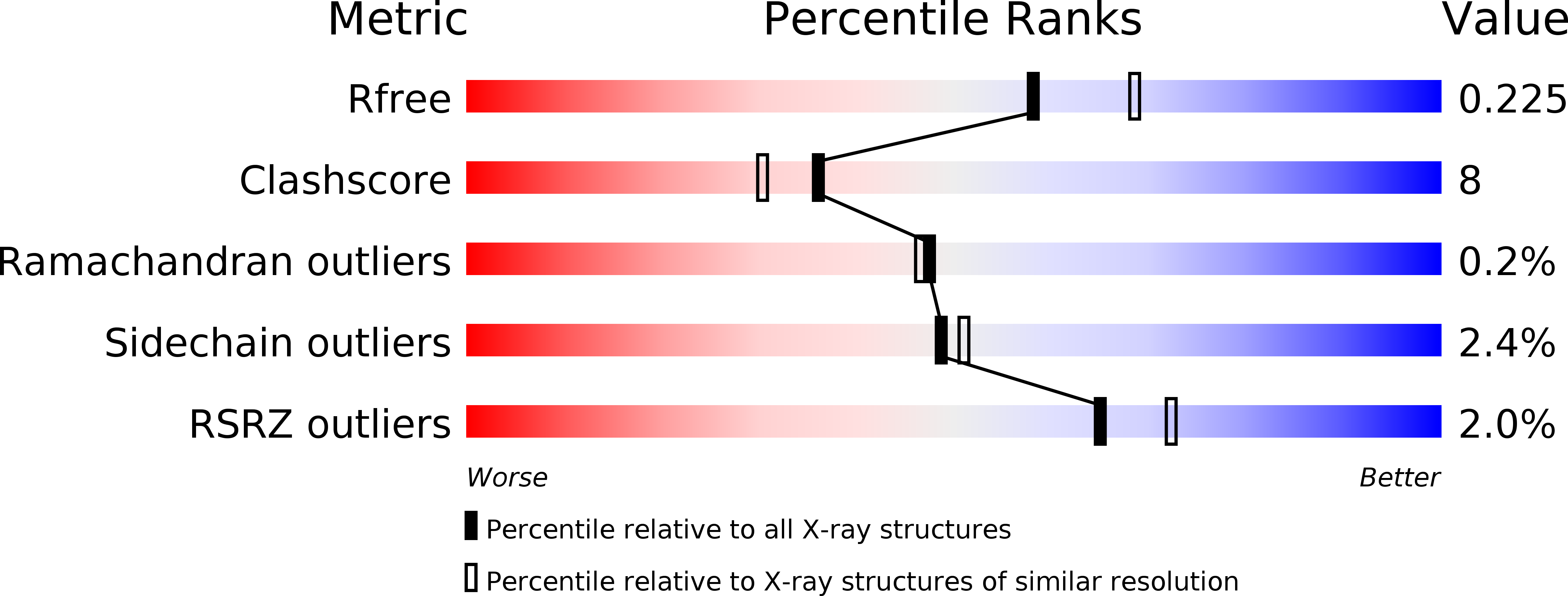
Deposition Date
2004-02-26
Release Date
2004-08-31
Last Version Date
2024-11-13
Entry Detail
PDB ID:
1SHN
Keywords:
Title:
Crystal structure of shrimp alkaline phosphatase with phosphate bound
Biological Source:
Source Organism:
Pandalus borealis (Taxon ID: 6703)
Method Details:
Experimental Method:
Resolution:
2.15 Å
R-Value Free:
0.21
R-Value Work:
0.18
R-Value Observed:
0.18
Space Group:
P 43 21 2


